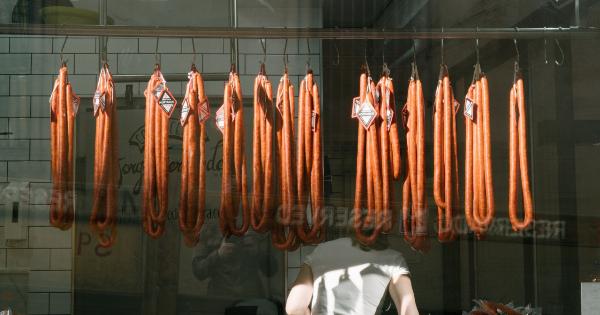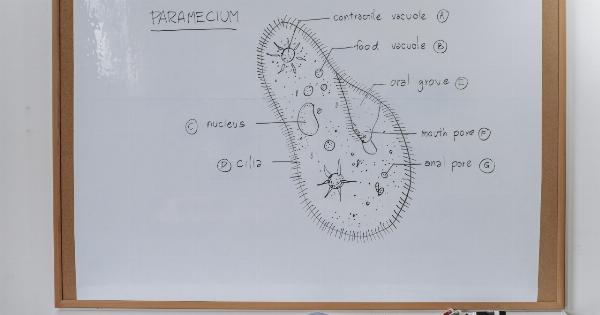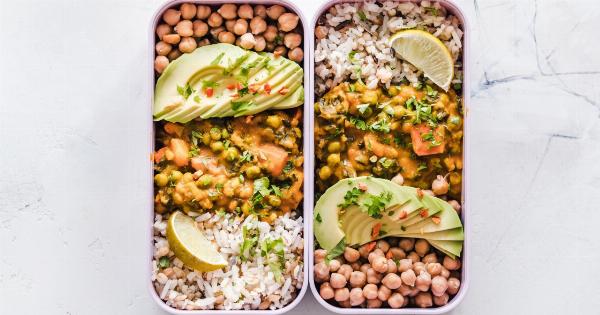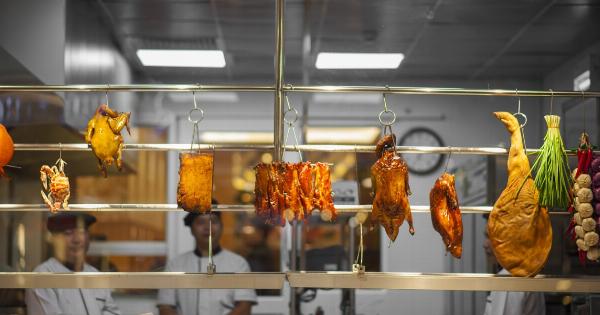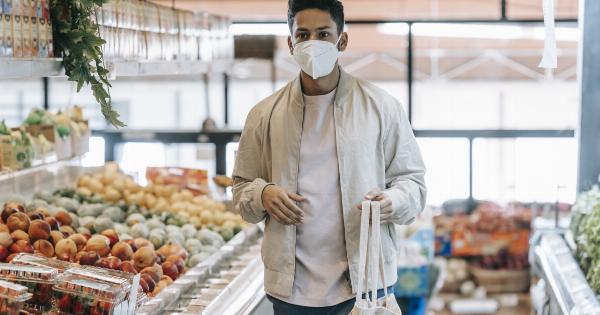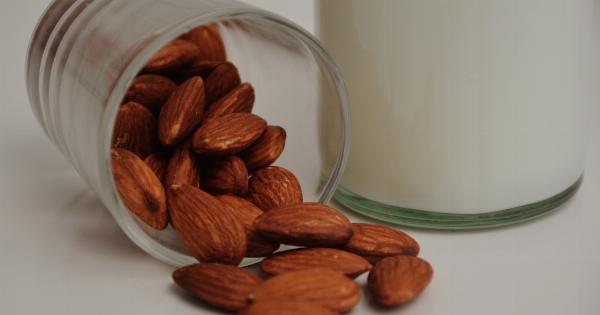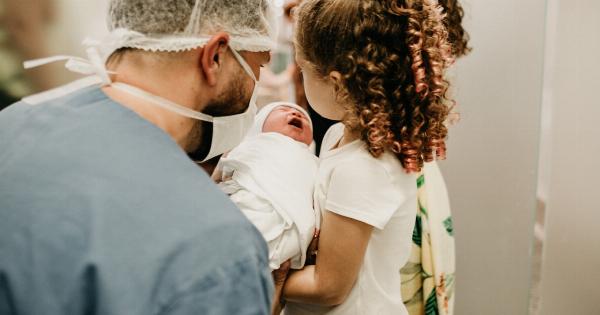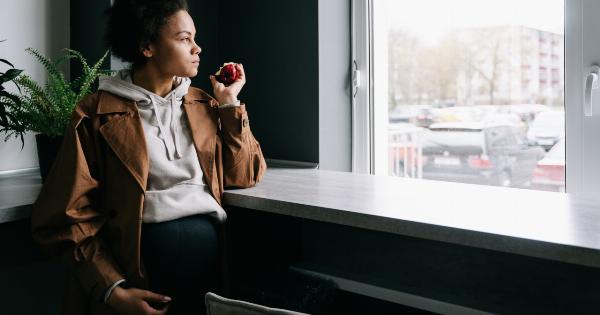Salmonella is a type of bacteria that can cause food poisoning. It can be found in a wide variety of foods, including meat, eggs, and vegetables.
Although most cases of salmonella poisoning are mild and resolve on their own, some cases can be severe and even life-threatening. Here are 7 important tips to help you stay safe from salmonella poisoning.
1. Know the Symptoms of Salmonella Poisoning
The symptoms of salmonella poisoning typically appear within 6 to 48 hours after exposure to the bacteria. Common symptoms include:.
- Abdominal cramps
- Diarrhea
- Fever
- Nausea
- Vomiting
If you experience any of these symptoms after eating contaminated food, contact your healthcare provider.
2. Practice Good Food Safety
One of the most important steps you can take to prevent salmonella poisoning is to practice good food safety. This includes:.
- Washing your hands with soap and water before handling food
- Cooking food to the appropriate temperature
- Keeping raw meat, poultry, and seafood separate from ready-to-eat foods
- Refrigerating perishable foods promptly
- Avoiding unpasteurized milk and other dairy products
3. Be Careful With Eggs
Eggs are a common source of salmonella contamination. To reduce your risk of salmonella poisoning from eggs, follow these tips:.
- Buy only refrigerated eggs
- Don’t buy or use eggs with cracked shells
- Cook eggs until the yolks and whites are firm
- Don’t eat raw or undercooked eggs
- Avoid foods made with raw or undercooked eggs, such as homemade Caesar dressing, Hollandaise sauce, and raw cookie dough
4. Cook Meat and Poultry Thoroughly
Meat and poultry can also be a source of salmonella contamination. To reduce your risk of salmonella poisoning from these foods, follow these tips:.
- Cook meat and poultry to the appropriate temperature (165°F for poultry, 160°F for ground beef and pork, and 145°F for whole meat)
- Use a meat thermometer to check the temperature of the meat
- Don’t eat raw or undercooked meat or poultry
- Wash your hands after handling raw meat or poultry
- Keep raw meat and poultry separate from ready-to-eat foods
5. Be Careful With Fruits and Vegetables
Although fruits and vegetables are generally safe, they can become contaminated with salmonella if they come into contact with contaminated soil or water. To reduce your risk of salmonella poisoning from fruits and vegetables, follow these tips:.
- Wash all fruits and vegetables before eating them
- Wash cutting boards, utensils, and countertops before and after preparing fruits and vegetables
- Peel fruits and vegetables when possible
- Avoid cross-contamination by keeping raw fruits and vegetables separate from cooked or ready-to-eat foods
6. Be Careful When Traveling
If you’re traveling to a developing country or an area with poor sanitation, you may be at a higher risk of salmonella poisoning. Follow these tips to stay safe:.
- Drink only bottled water or water that has been boiled or treated with chlorine or iodine
- Avoid ice cubes made from tap water
- Avoid raw fruits and vegetables unless you can wash them with safe water
- Avoid foods from street vendors
- Make sure that all meat and poultry are well cooked
7. Seek Medical Attention If You Suspect Salmonella Poisoning
If you suspect that you have salmonella poisoning, contact your healthcare provider. In some cases, antibiotics may be necessary to treat the infection.
It’s important to stay hydrated by drinking plenty of fluids (such as water, sports drinks, or clear broths). In severe cases, hospitalization may be necessary.



